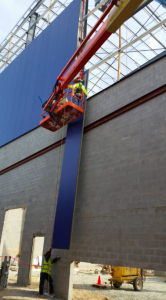
IMP installation typically occurs once the steel frame is in place. The more common vertical installation allows for faster close-in for interior trade work. Photos: Metl-Span
Insulated metal panels, or IMPs, incorporate a composite design with foam insulation sandwiched between a metal face and liner. IMPs form an all-in-one-system, with a single component serving as the exterior rainscreen, air and moisture barrier, and thermal insulation. Panels can be installed vertically or horizontally, are ideal for all climates, and can be coated with a number of high-performance coating systems that offer minimal maintenance and dynamic aesthetic options.
The Benefits of IMPs
At the crux of the IMP system is thermal performance in the form of polyurethane insulation. Panel thicknesses generally range from 2 to 6 inches, with the widest panels often reserved for cold storage or food processing applications. IMPs provide roughly three times the insulation value of field-assembled glass fiber systems, and panel thickness and coating options can be tailored to meet most R-value requirements.
IMPs offer a sealed interior panel face to create a continuous weather barrier, and the materials used are not conducive to water retention. Metal—typically galvanized steel, stainless steel or aluminum—coupled with closed-cell insulation creates an envelope solution impervious to vapor diffusion. Closed-cell insulation has a much denser and more compact structure than most other insulation materials creating an advantage in air and vapor barrier designs.
Time, budget and design can all be looming expectations for any building project. A valuable characteristic of IMPs is their ability to keep you on time and on budget while providing design flexibility to meet even the toughest building codes. The unique single-source composition of insulated metal panels allows for a single team to accomplish quick and complete enclosure of the building so interior trades can begin. This expedites the timeline and streamlines the budget by eliminating the need for additional teams to complete the exterior envelope and insulation.
Minimizing Moisture
The seams function both as barrier and pressure-equalized joint, providing long-term protection that requires minimal maintenance. Multiple component systems often rely on the accurate and consistent placement of sealant and may also require periodic maintenance. In addition, with IMPS a vented horizontal joint is designed for pressure equalization, and, even in the presence of an imperfect air barrier, the pressure-equalized joinery maintains the system’s performance integrity. With multi component systems, imperfections can lead to moisture infiltration.
The real damage occurs when water enters through a wall and into a building becoming entrapped—which leads to corrosion, mold, rot, or delaminating. Unlike IMPs, some multi-component wall systems include a variety of different assembly materials that may hold water, like glass fiber or paper-faced gypsum. When those materials get wet, they can retain water, which can result in mold and degradation.
Installation
Typically, IMP installation is handled by crews of 2-4 people. Very little equipment is needed other than standard construction tools including hand drills, band and circular saws, sealant guns, and other materials. The panels can be installed via the ground or from a lift, and materials can be staged on interior floors or on the ground level. Panel installation typically occurs once the steel frame is in place and prior to interior fit out. The more common vertical installation allows for faster close-in for interior trade work.
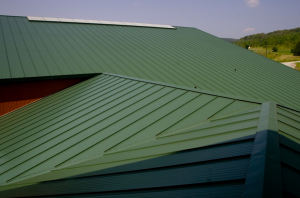
Metl-Span CFR insulated metal standing seam roof panels combine durable interior and exterior faces with exceptional thermal performance. Photos: Metl-Span
IMPs are often installed using concealed clips and fasteners that are attached to the structural supports (16 gauge minimum wall thickness tubes or stud framing). The panels are typically installed bottom to top and left to right, directly over the steel framing. No exterior gypsum or weather barriers are required, as these panels act as the building’s weather barriers.
The product’s high strength-to-weight ratio allows for longer installation spans and reduced structural costs. The metal skins act as the flange of a beam, resisting bending stress, while the foam core acts as the web of the beam, resisting shear stress. This important aspect also contributes to a long product life cycle.
Design Flexibility
IMPs offer a unique combination of aesthetic design options, including mitered panel edges, and a vast array of profiles, textures and reveal configurations. Flat wall profiles are ideally suited for designers seeking a monolithic architectural façade without sacrificing performance elements. The beautiful, flush panels have become a mainstay in projects in a number of high-end architectural markets.
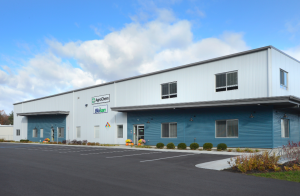
The 35,000-square-foot AgroChem manufacturing facility in Saratoga Springs, N.Y., showcases vertically installed Metl-Span CF36 insulated metal panels. Photos: Metl-Span
Striated or ribbed wall profiles are more common in commercial and industrial applications. The products offer bold vertical lines for a distinctive blend of modern and utilitarian design, while continuing flawless symmetry from facade to facade, or room to room on exposed interior faces. Ribbed panels also work in tandem with natural lighting to create impactful designs. Different textures, such as embossed or simulated stucco finish, add dimensional nuance and contrast to projects of all shapes and sizes.
IMPs are offered in an unlimited palette of standard and custom colors to meet any aesthetic requirement, as well as energy-efficient solar reflectivity standards. Panels are typically painted with a polyvinylidene fluoride (PVDF) coating with optional pearlescent and metallic effects, and can even simulate expensive wood grains and natural metals. PVDF finishes offer exceptional performance characteristics that can be tailored to meet most any project needs, including saltwater environments and extreme weather conditions.
Roof Configurations
For all the above reasons, IMPs have also become a popular building product for roofing applications. Insulated metal standing seam roof panels provide the desired aesthetic of traditional single-skin metal standing seem roofs with added thermal performance. Standing seam roof panels feature a raised lip at the panel joinery, which not only enhances overall weather resistance but provides the desired clean, sleek sightlines.
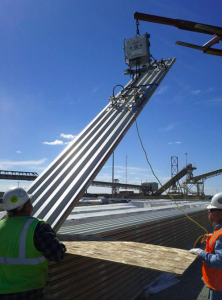
IMP installation typically occurs once the steel frame is in place. The more common vertical installation allows for faster close-in for interior trade work Photos: Metl-Span
The systems typically feature field-seamed, concealed fasteners that are not exposed to the elements. Just like their wall panel counterparts, insulated metal standing seam roof panels are available in a variety of thicknesses and exterior finishes.
Another popular insulated metal roof application showcases overlapping profile panels. The product’s overlapping, through-fastened joinery allows for quick installation in roof applications, resulting in reduced labor costs and faster close-in.
Finally, insulated metal roof deck panel systems combine the standard steel deck, insulation, and substrate necessary for single-ply membranes or non-structural standing seam roof coverings. The multi-faceted advantages of this system include longer spans between supports, superior deflection resistance, and a working platform during installation.
Insulated metal wall and roof panels offer an exceptional level of value when compared to traditional multi-component wall systems. The product’s unique single-component construction combines outstanding performance with simple and quick installation, a diverse array of aesthetic options, and the quality assurance of a single provider.

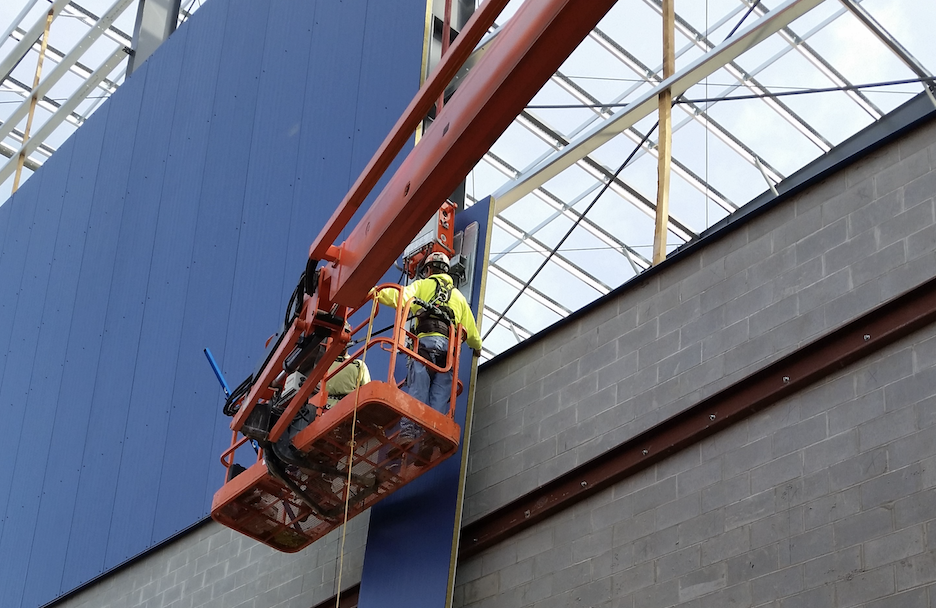

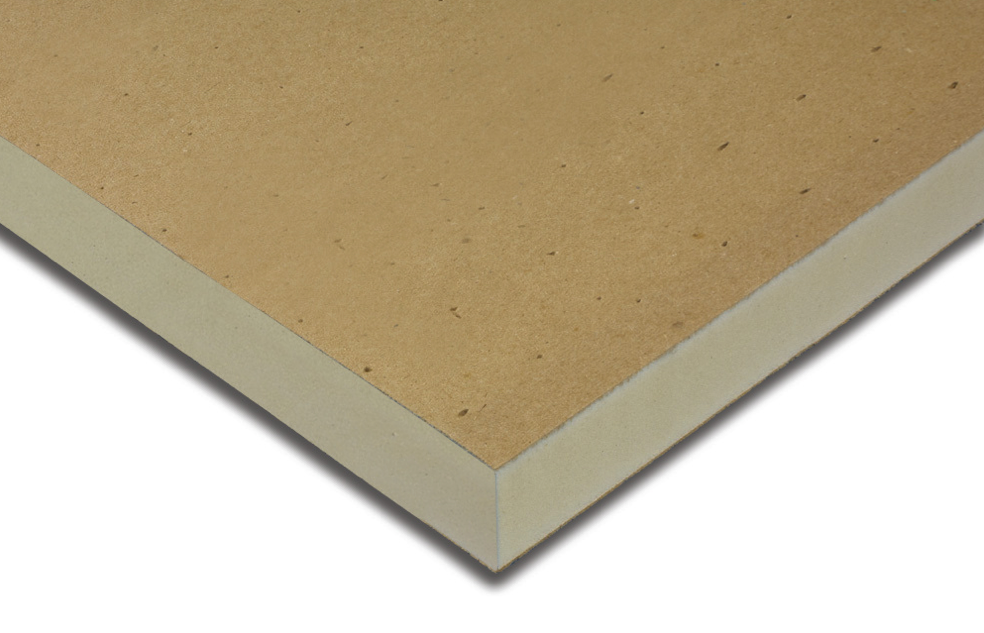
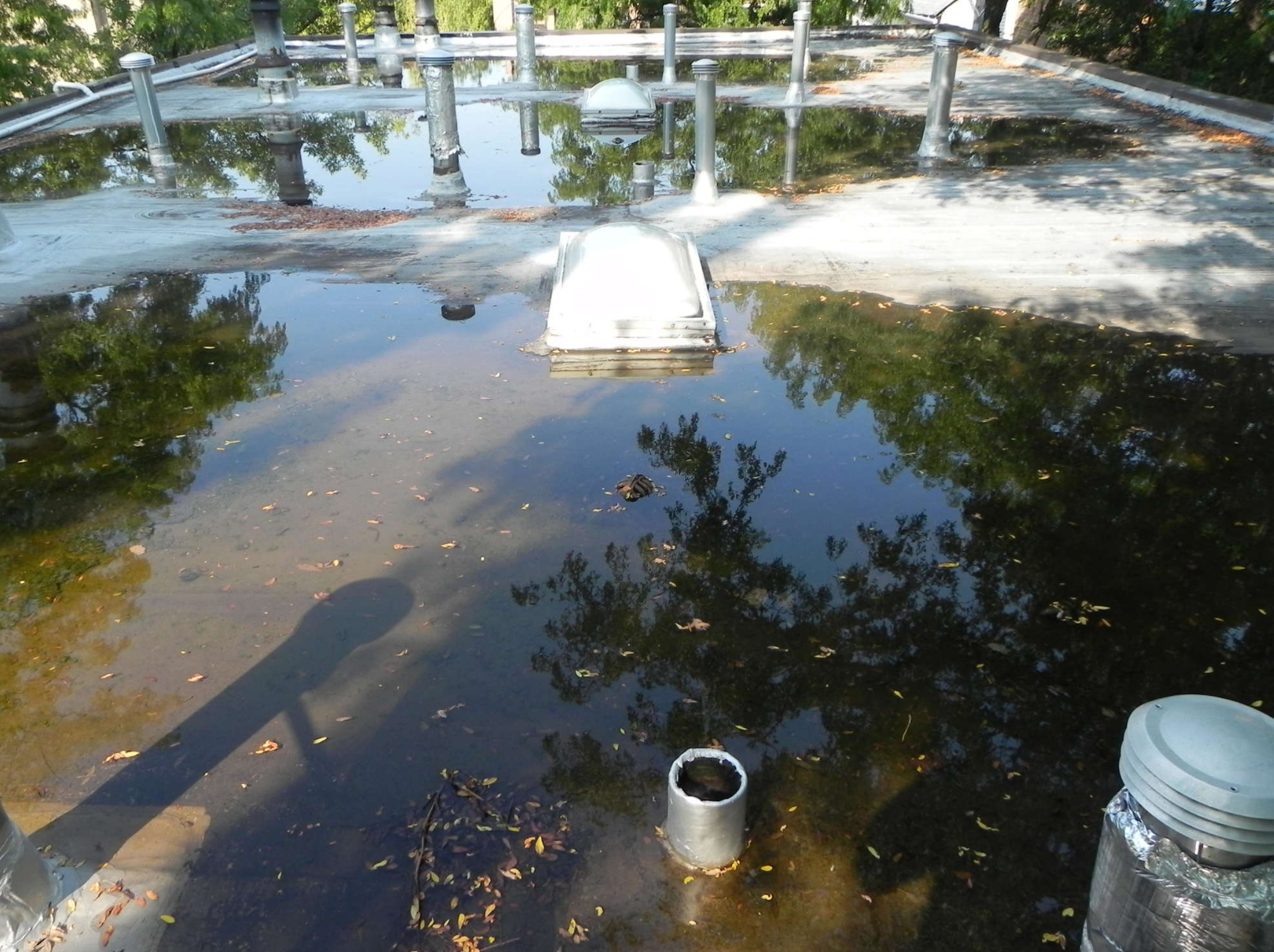
Be the first to comment on "Understanding and Installing Insulated Metal Panels"